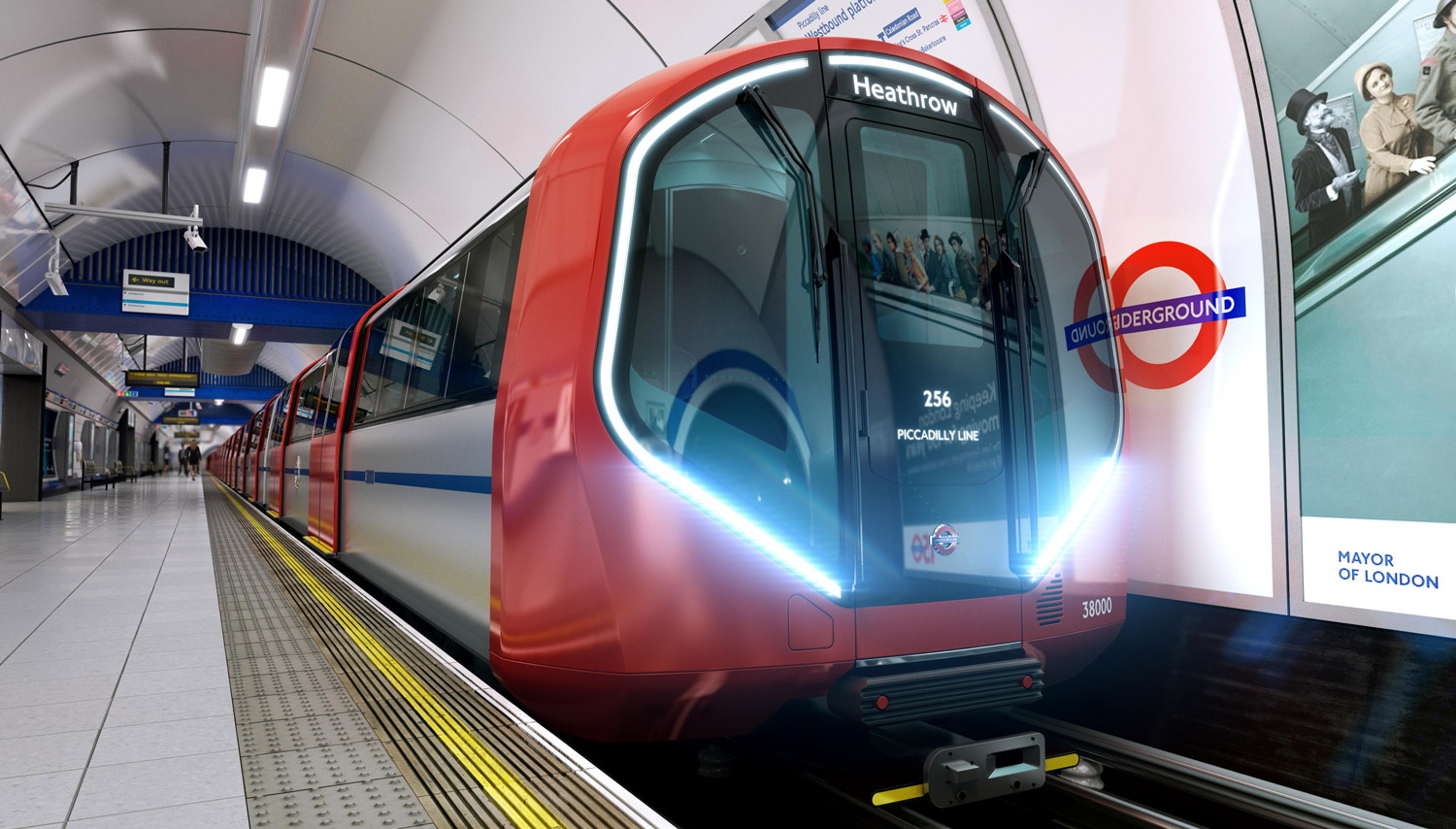
Who imagined a metal object flying in the air to transport hundreds of people at the same time from a global location to another one? Who thought about a ship floating in the sea traveling across long distances? The drainage, the electricity system or the roads are part of our daily life, but they didn’t always exist, through the time, the birth of these wonderful ideas became true.
In early times, people didn’t could even assimilate what actually we can see with our own eyes. Thanks to the great capacity that the human being has to innovate. There are a lot of things that makes the human life easier, for example, means of transportation. In this case we are talking about a special one: the subway.
Charles Pearson was the pioneer in this new transportation system, although he is not known just for that. Furthermore he was a recognized lawyer in London, he fought for the abolition of death penalty and also he was promoter of the universal suffrage.
In 1834, when he saw the increase of population in the city of London, Charles presented the idea of an underground transport that expedite the human mobility.
However, this proposal generates a debate full of controversy during 10 years and finally they decided to start this project that revolutionized the transport system forever. In January of 1863, the London metro called: Metropolitan Railway passed to the History as the first underground transport in the world. That day started with the first line of subway with steam engines that traveled 6 kilometers.
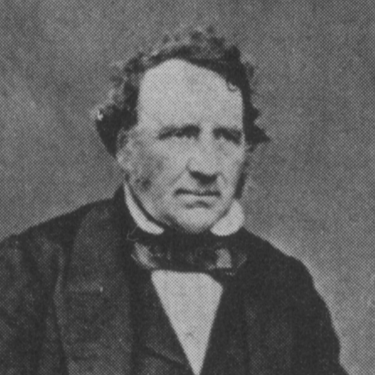
One year before this whole thing started, sadly, the person who had this idea died without seeing how the London Subway begun it services.
The same year of the Metropolitan Railway opening, New York also launched this mode of transport, and also Budapest and Gasglow, Escocia. Until XX century when the metro expanded to Latino America; Argentina is the pioneer country of South America, being the headquarter of the Metro in Buenos Aires in the 1913 year.
The Situation in Mexico:
In 1969 Mexico, inaugurated the collective transport system, almost a century after the first metro in London. We were behind 100 years with regard to the first world. The “Gusano Naranja” (orange worm) as a lot of people know it, arrived to satisfy the population demand, regarding to the transport because in the city there were 4 million of residents and the buses was not enough.
The engineer Bernardo Quintana was the pioneer of all of this. He did infrastructure studies to afterwards elaborate a project for the implementation of massive means of transport. The proposals for its construction were persistent however, they were always rejected because the government could not pay the cost needed, and besides that it was a seismic location so, the characteristics of the soil did not benefit for its beginning.
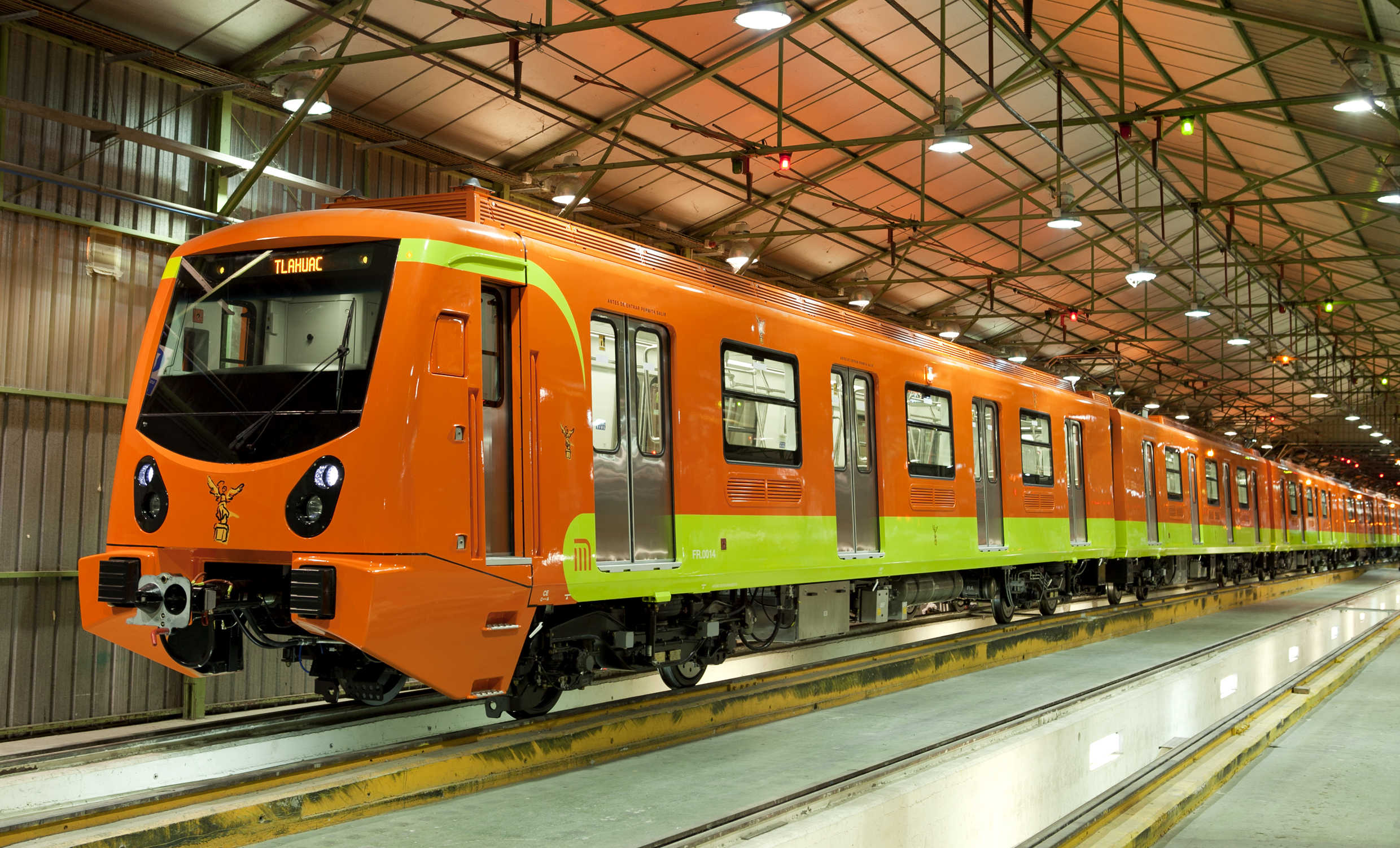
Until the President Gustavo Diaz Ordaz administration who gave the green light, when he saw the need of new mobility routes and thanks to the credit awarded for the French government, that’s how the project implementation began.
In April of 1967 for executive order the collective system transport was created. A public decentralized organism to construct, operate and explore a fast underground train as part of the Distrito Federal Public Transport. The 19th June, of the same year the construction of the first underground metro began. Leaded by the architect Angel Borja Navarrete.
For this project was necessary the collaboration of approximately 4,000 specialists, architects, civil engineers, workers, among others, they were working hard to finally, two years after, the population could use the line 1 México for the first time.
Actually there are 12 lines in operation that were inaugurated through the years that are generated greater fluidity. Although Mexico City is not the only city who has this transport system in the country, also Guadalajara and Monterrey has this mean of transport.
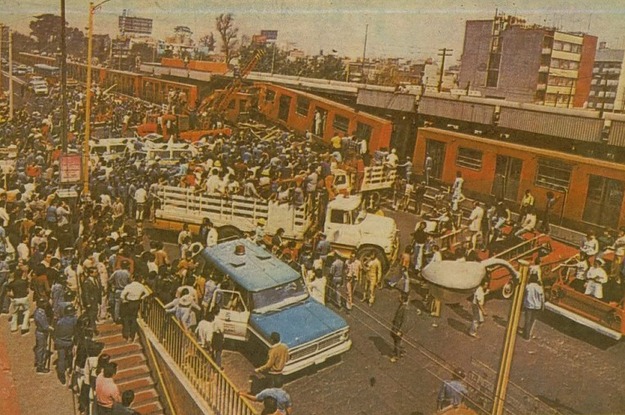
Another curious fact is that, inside of this underground world of the Capital, people forget many unusual objects whereof is worth to mentioning, for example: a wooden urn, a violin, an artificial leg with shoe included, documents written in Chinese, among other things, certainly, no one knows what its eyes could see in the metro station.
As conclusion, the metro is for everybody and for all. The Gusano Naranja (orange worm) don’t make exceptions, it works the 365 days of the year and they can transport hundreds of people daily to its destinations, too many crossed stories, a cluster of dreams and frustrations, happiness and sadness. Le orange stain has become a place of auto reflection for passenger, seeing other lives, is a meeting place with others but specially with yourself.
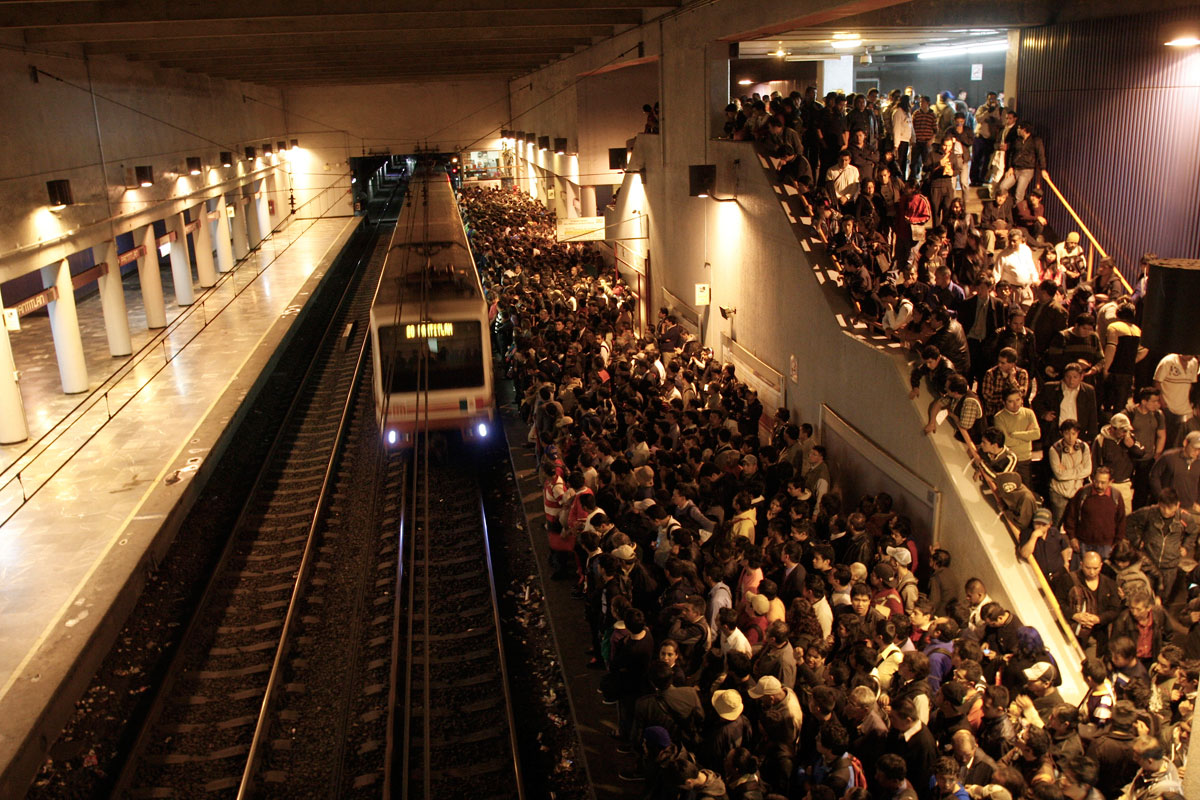
(0) comentarios


